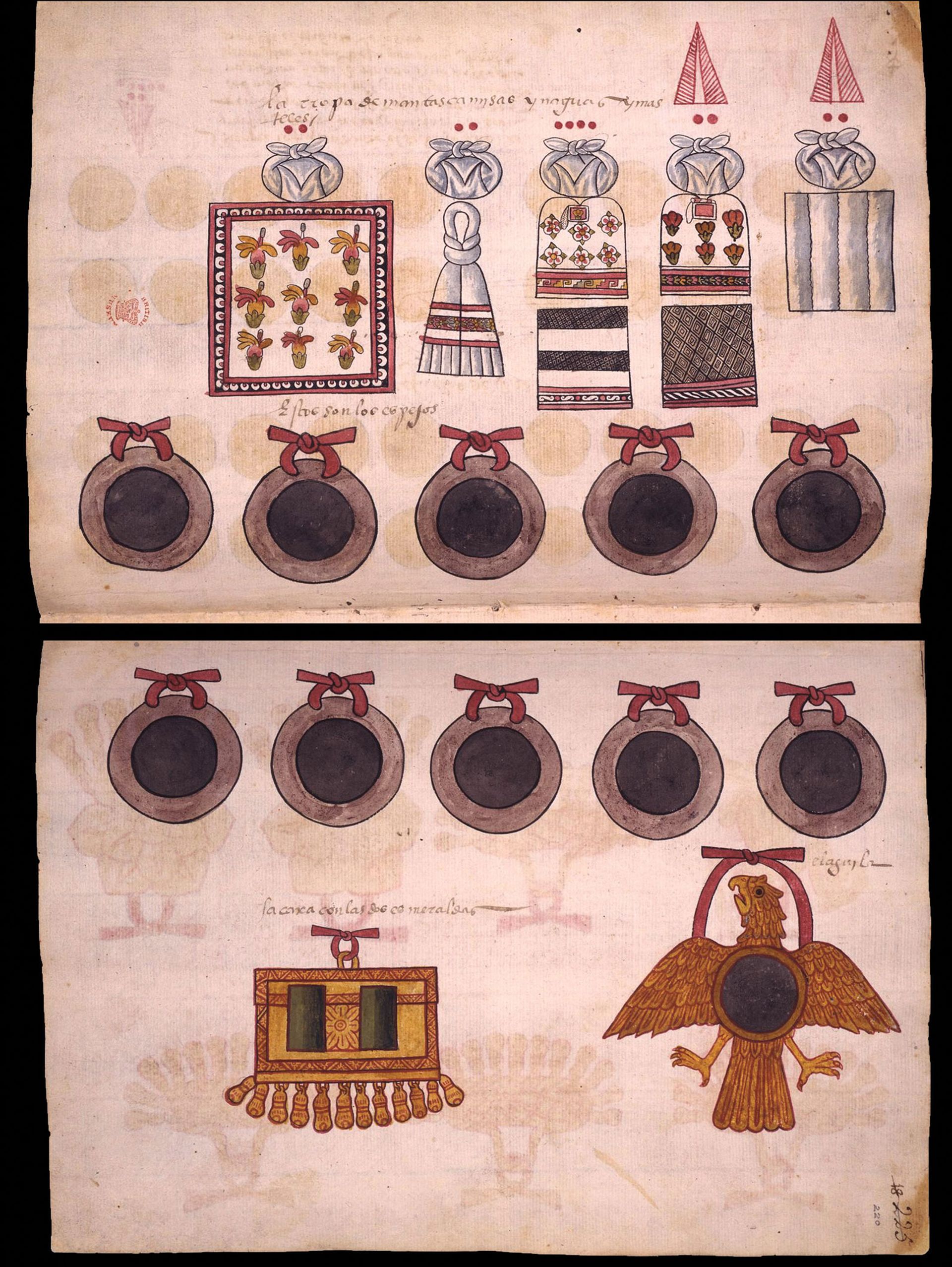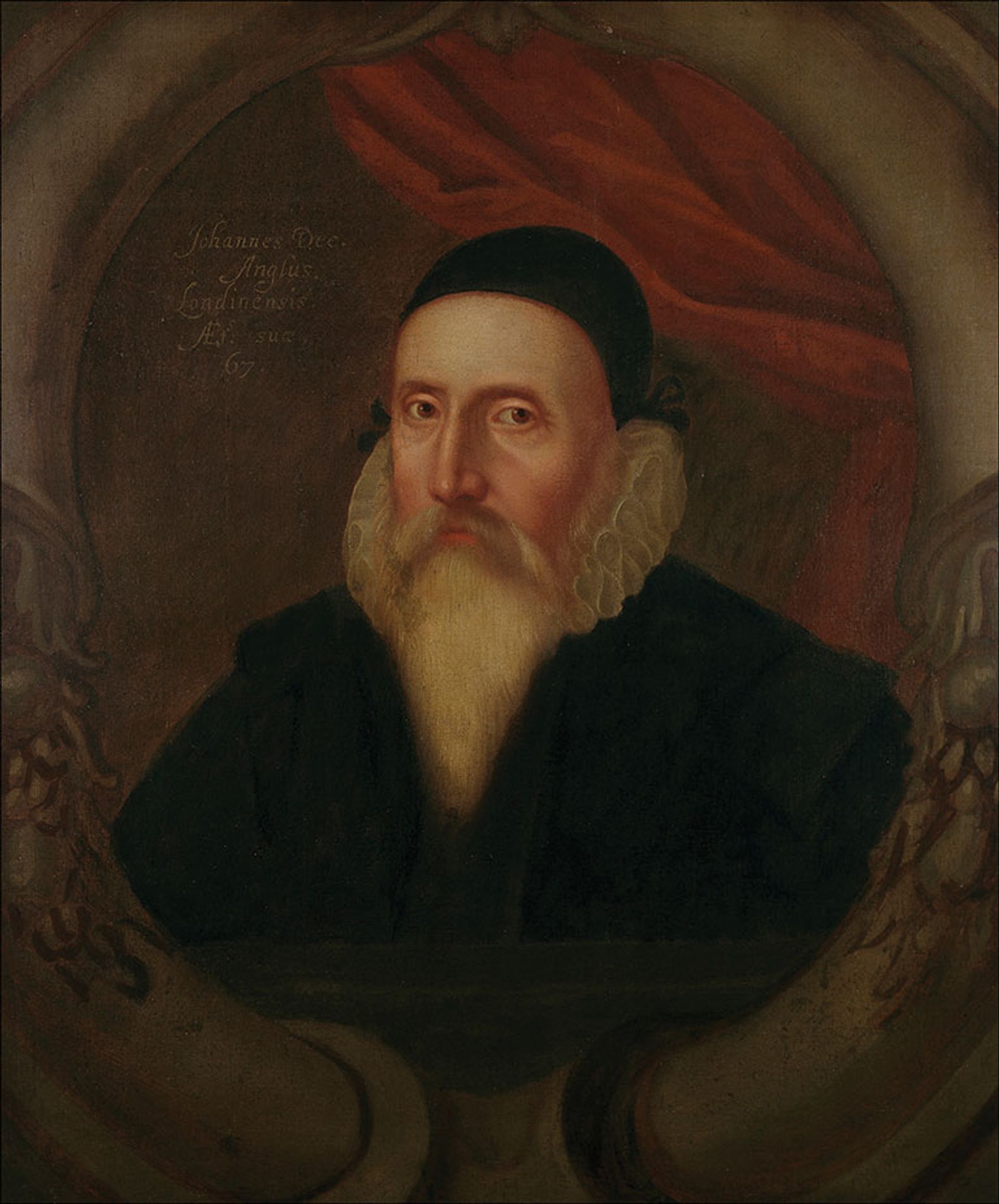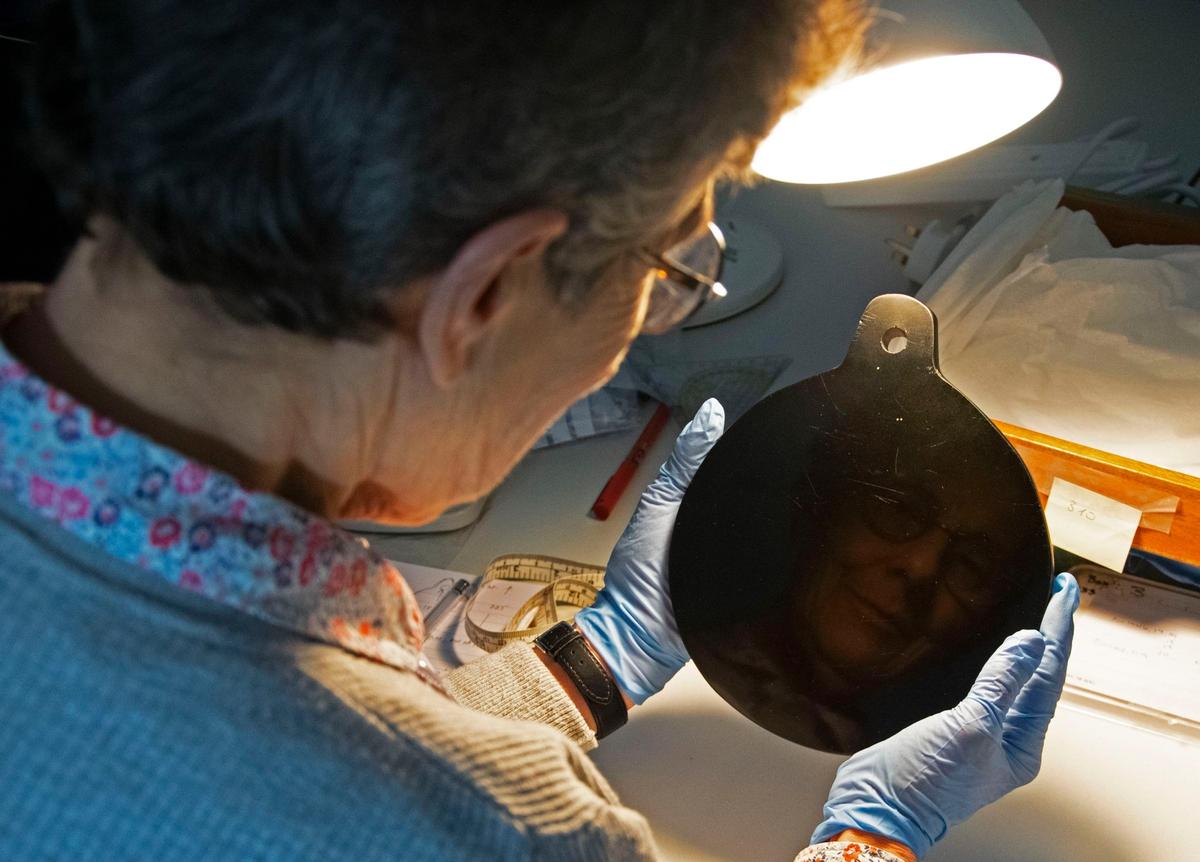A spirit mirror, used by John Dee, the 16th-century polymath and astrologer to Queen Elizabeth I, had its origin in Mexico, a team of researchers report in the journal Antiquity. Using scientific methods, they proved that the obsidian from which the circular mirror is made came from near Pachuca, 85km north-east of Mexico City—but how it entered Dee’s possession remains a mystery.
Historians suspected that Dee’s mirror was brought to Europe from Mexico, but lacked evidence. So, the research team—from the University of Manchester, the Siberian Branch of the Russian Academy of Sciences, and the University of Missouri—used a form of x-ray analysis to measure the mirror’s composition and compared it to samples taken from various Mexican obsidian sources. Their results showed that it best matched the samples from Pachuca.
“Although circular mirrors are a well-known type of Aztec object, no examples have previously been confirmed by analytical provenancing,” the researchers write.

Aztec depictions of mirrors from the Codex Tepetlaoztoc (Codex Kingsborough) © The Trustees of the British Museum
“Obsidian was used [by the Aztecs] in many ways, including for medicinal and protective purposes,” the team continues. “The reflective appearance acted as a shield against bad spirits, and captured the image and soul of a person.” The material was also associated with death and the underworld. The Aztec god Tezcatlipoca (“Smoking Mirror”) is often shown wearing mirrors, which represented his ability to predict the future.
Such associations probably influenced Europeans like Dee, who may have bought the mirror in Bohemia (now part of the Czech Republic) in the 1580s and used it during his occult investigations. Over many years, Dee worked with mediums, who used mirrors and crystal balls to receive communications from angels and spirits. Dee also served as scientific advisor to the queen and helped to plan some of England’s voyages to the Americas.

A portrait of John Dee by and anonymous artists (around 1594) © Ashmolean Museum, University of Oxford
“Given Dee’s interest in the New World, he may have been aware of the significance of obsidian, and the omniscience of Tezcatlipoca’s mirrors would have had an obvious attraction,” the researchers write. “Indeed, this may have been a primary reason for its acquisition.”
The British Museum received Dee’s mirror in 1966, and it is now on display in the institution’s Enlightenment Gallery. As part of their investigation, the team analysed three further obsidian mirrors in the British Museum’s collection and discovered that they too had Aztec origins. As with Dee’s mirror, the obsidian forming one of the other looking glasses originated in Pachuca, while the other two came from Ucareo, 170km north-west of Mexico City.
“Mirrors have a long history of use within European magical practices,” says Stuart Campbell, professor of Near Eastern archaeology at the University of Manchester and one of the research paper’s authors. “So the attraction of a mirror of a novel material, coming from an exotic culture with stories of its use for divination, and the drama of seeing dimly reflected images within it probably made it a very tempting object for [Dee] to use.”


